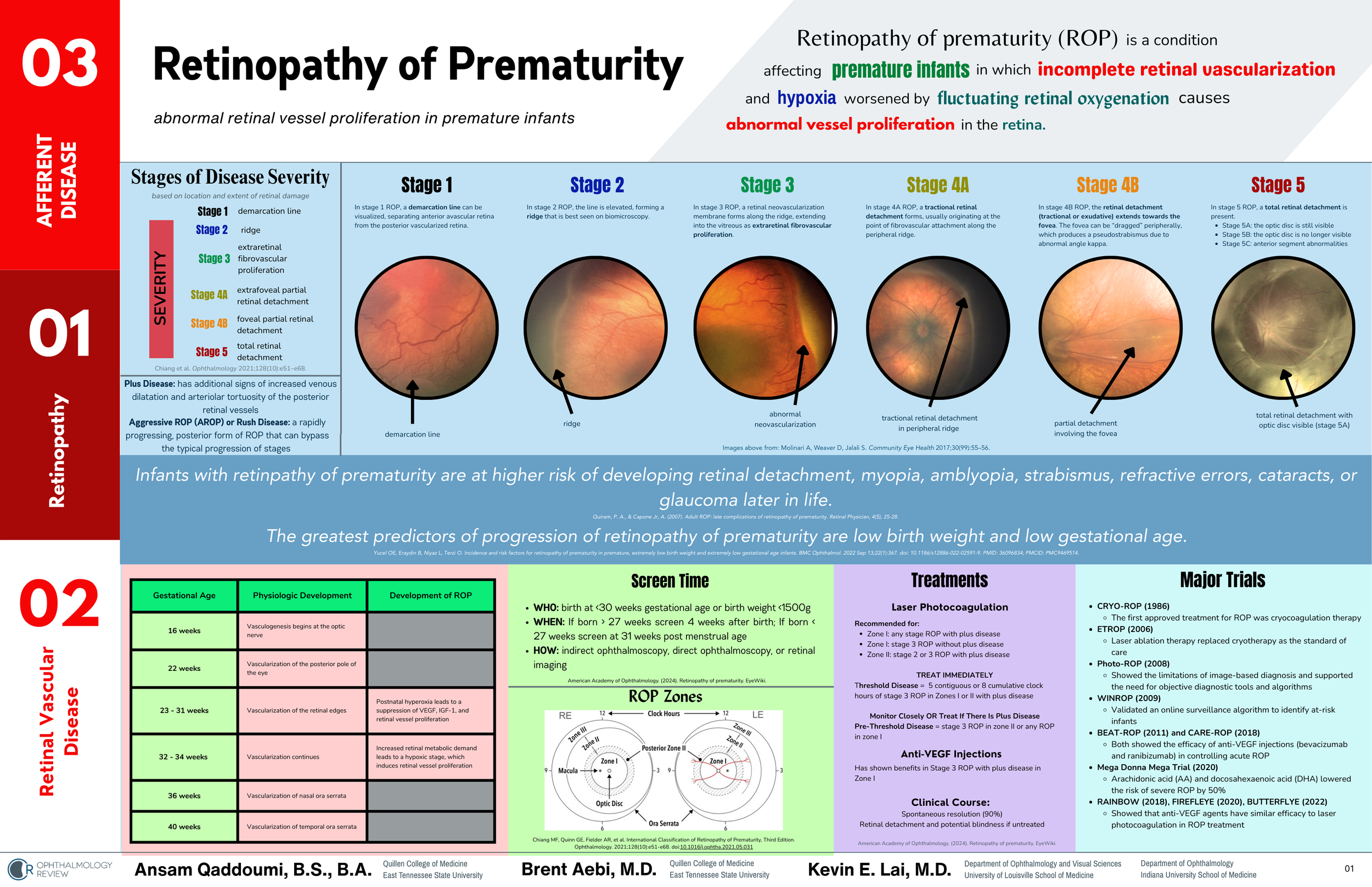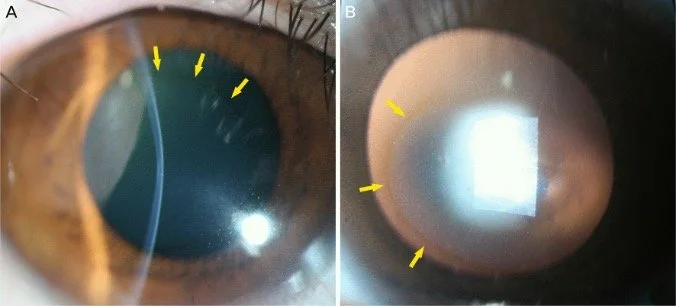We’ve had a great first month in the Ophthalmology Review Community!
The How To Learn Ophthalmology course has launched, and all 24 lessons are ready! I still have some videos to edit/upload, but the transcripts are available for viewing.
We had an awesome live session learning how to learn concepts from the BCSC Fundamentals textbook and answered some great questions - it’s inspired this month’s live session, which will discuss how to learn from our clinical encounters.
I’m currently putting together 2 new courses for the community - a 9-module, 31-lesson course on the 8-point eye exam detailing the eye exam and practical tips for learning how to perform different parts of the eye exam, and a 4-module, 24-lesson course on visual fields.
I hope to continue adding more content, both specific to ophthalmic disease and ophthalmic skills, as I work more on building up the community. I’d love to devote more time to creating these tools and resources with more support, so consider joining the community today!
Joining will get you access to these courses and all future courses, input on resources I’m creating, live sessions, archived live sessions, and direct chat with me on any questions you might have about ophthalmology, board exams, OKAP, or even getting involved in national/international societies!












